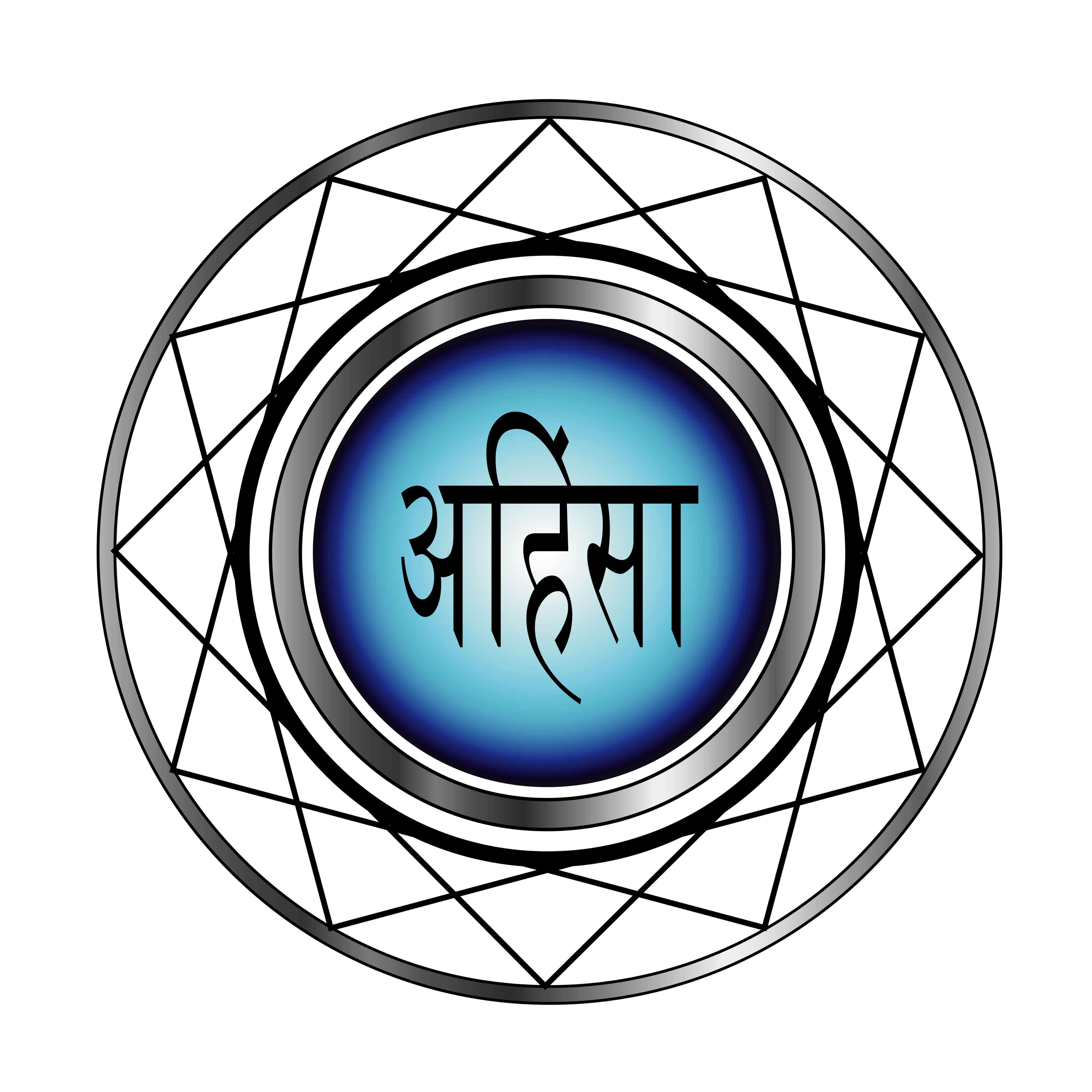The physical practice of yoga is only one aspect of the richness that yoga has to offer. Yogic philosophy provides us with 5 guidelines on how to interact with the outer world (called Yamas) and 5 on how to interact with our inner selves (Niyamas). One of the five Yamas is Ahimsa (ah-HIM-suh), a Sanskrit word that describes the concept of non-violence or non-harming. Ahimsa is considered by some to be the principle underlying the other Yamas and Niyamas.
Ahimsa is based on the idea that all beings, human and non-human, contain the same spark of life, and that when we harm another being, we ultimately harm ourselves. It is also based on the idea that violence towards other beings is a reflection of our own inner turmoil. The practice of Ahimsa is most easily seen in the world as passivism (not harming other people) and vegetarian-/vegan-ism (not harming other beings).
Practicing Ahimsa means more than not harming others: it is about extending compassion, patience, understanding, and kindness towards them. Perhaps less obvious is that practicing Ahimsa also means not harming ourselves. It means treating our bodies well through healthy eating and exercise and not punishing our bodies with harmful exercise (the opposite of the “no pain, no gain” mentality). Your yoga practice should not hurt: it will likely offer a lot of challenge and often some level of discomfort, but it should not be painful. Looking deeper, Ahimsa also means not harming ourselves through self-criticism, self-judgement, and self-loathing. It means accepting, embracing, and loving ourselves, warts and all 😉
I’d like to extend an Ahimsa challenge…
For the next 30 days, practice at least one random act of kindness towards another person, an animal, or – and this is important – yourself.
I’d love to hear how it goes.
Other Articles in this issue:
Change Happens One Step at a Time (Article)
Your Body on Yoga: The Abdominals
Take 5 – Make Time for this Quick Stretch: Camel Ride
Health Tip: Sleep
Eat Well: Green Smoothie
Balance At Work News & Events

